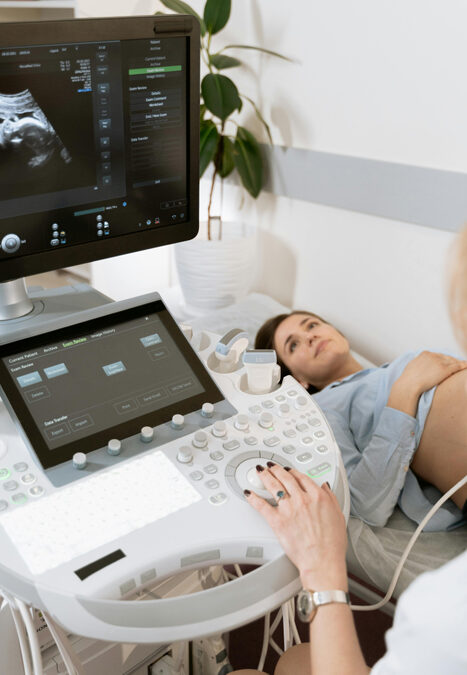
PGT’s Advantages for Raising IVF Success Rates
Are you looking at cutting-edge reproductive technology to improve the process of becoming pregnant? Assisted reproduction has undergone a revolution because to in vitro fertilization (IVF), which has given many single people and couples hope. Preimplantation Genetic Testing (PGT) is increasingly recommended by many fertility professionals as a way to increase the likelihood of a successful pregnancy during the IVF procedure. Using this cutting-edge method could increase your chances of getting a safe pregnancy and fulfilling your desire to become a parent.
PGT is a specialist process used in IVF to assess embryos for genetic disorders or chromosomal abnormalities. Before embryos are placed in the uterus, PGT testing examines them to help identify those that have the best probability of implanting successfully.
PGT testing has grown in importance as a tool in reproductive medicine, giving people and couples more confidence as they negotiate the intricacies of the IVF procedure. This blog will examine how PGT might raise the success rate of IVF and offer helpful advice to couples who are thinking about using this cutting-edge testing technique.
How Is PGT Carried Out Throughout the IVF Procedure?
- Gaining an understanding of the PGT or IVF genetic testing procedure might help reduce anxiety. The detailed explanation is as follows:
- Ovarian Stimulation: The first step in the IVF procedure is to stimulate the ovaries to generate an abundance of eggs.
- Several follicles are encouraged to expand by the use of hormonal drugs.
- Egg Recovery: After the follicles reach maturity, a small surgical incision is used to remove the eggs from the ovaries.
- Fertilization: In a lab setting, sperm and the recovered eggs are fertilized to create embryos.
- Embryo Culture: Until the embryos reach the blastocyst stage, which normally takes five to six days, they are cultured in a lab.
- Biopsy: A small number of each embryo’s blastocyst cells are meticulously biopsied.
